Facing off against faster opponents in pickleball can feel like a daunting challenge. They seem to cover the court effortlessly, reaching every shot you send their way. But don’t let their speed intimidate you. With the right strategies, you can level the playing field and turn the game to your advantage.
The key lies in playing smarter, not harder. By focusing on strategic shot placement, controlling the pace of the game, and using your opponents’ speed against them, you can create opportunities and force errors. It’s all about making every shot count and keeping your opponents guessing. Let’s dive into how you can adapt your game plan to outsmart and outplay those speedy adversaries.
Analyzing Your Opponent’s Game Style
Before stepping onto the court, it’s crucial to spend time Analyzing Your Opponent’s Game Style. Understanding their strengths and weaknesses provides a strategic blueprint for tailoring your gameplay. Observing opponents during their warm-up or previous matches can reveal much about their speed, preferred shots, and movement patterns.
Players should look for patterns in their opponents’ play. Do they favor their forehand over their backhand? Are they aggressive at the net or do they play a more conservative game from the baseline? These insights help in anticipating shots and crafting a reactive strategy that can keep faster opponents off balance.
Faster opponents often rely on their speed to dominate the game, but this can be turned to your advantage. By carefully observing, you might notice that speed comes with trade-offs, such as less accuracy or a predictable pattern of play. Identifying these moments when speed becomes a weakness rather than a strength is key to developing an effective game plan.
When analyzing an opponent’s game style, consider the following:
- Shot Preferences: Identify if they have a tendency to use certain shots in specific situations. This can predict their play and plan your moves accordingly.
- Movement Patterns: Watch for any predictable patterns in how they move or position themselves on the court. This can help you place your shots in areas that are difficult for them to reach quickly.
- Emotional Responses: Keep an eye on how they react to different play styles. Some players might get frustrated or rattled when forced to change their natural game rhythm. Use this information to create pressure by playing an unpredictable game.
Armed with this knowledge, players can strategically place shots that exploit these weaknesses, forcing faster opponents to play a game they’re not comfortable with. This might mean playing a soft game that requires them to constantly adjust their pace or placing shots that pull them out of position, opening up the court for winning shots.
Practicing specific drills that mimic potential scenarios against faster opponents can also be beneficial. Drills that focus on precision and control rather than power ensure that when the opportunity arises, players can execute their strategy effectively. For instance, practicing drop shots from the baseline or soft volleys capable of neutralizing an opponent’s speed can be particularly useful.
Shot Placement and Angles
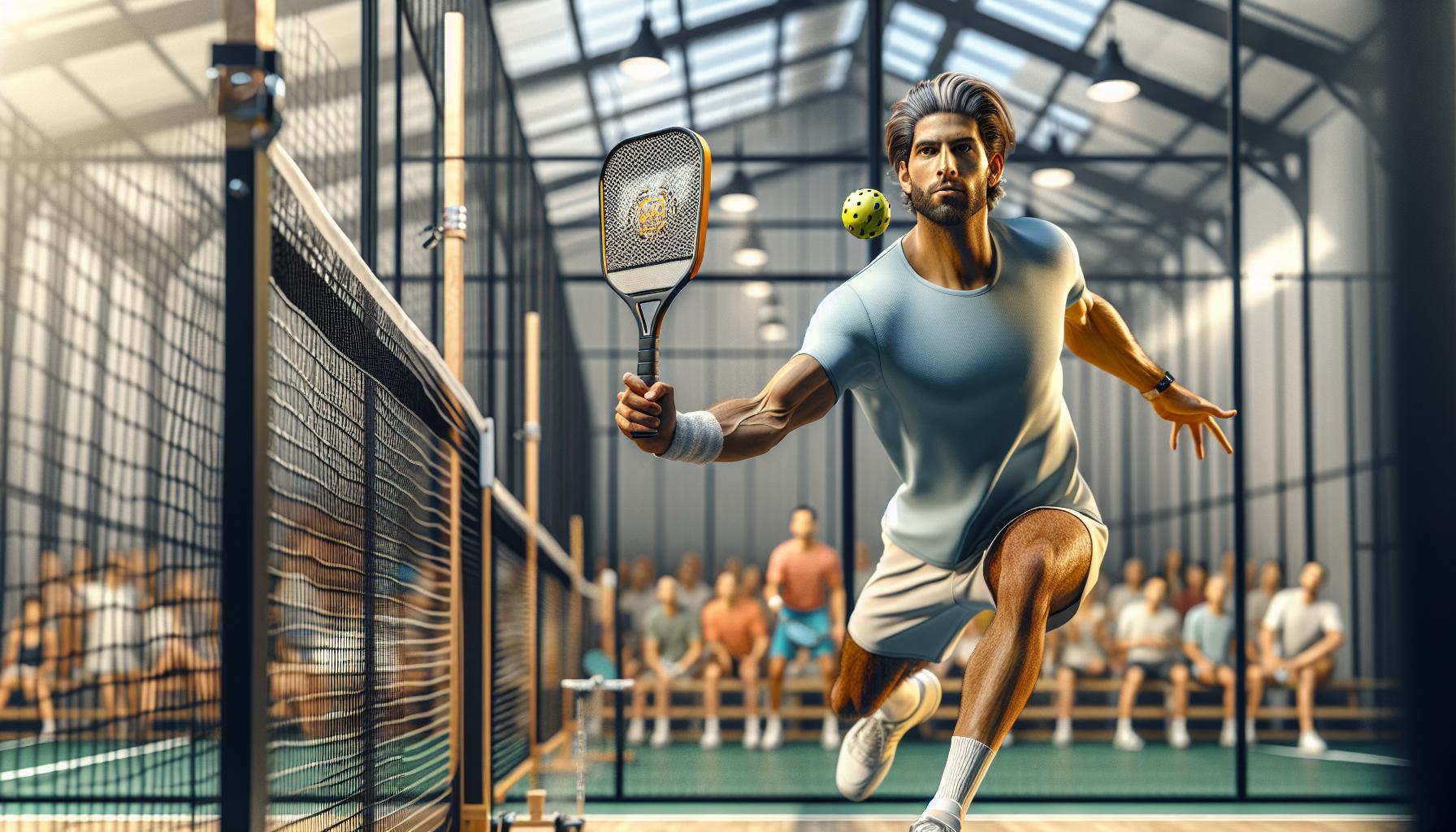
Navigating a game against faster opponents in pickleball demands more than just speed and power. It calls for intelligent play, focusing significantly on Shot Placement and Angles. This strategy disrupts the rhythm of quick adversaries by making them cover more ground, often forcing them into uncomfortable positions.
Players should aim to master a variety of shots, using both soft and sharp angles. Dinks—the soft, arcing shots just over the net—are essential. They not only test the opponent’s patience but also their ability to control the pace. Placing these shots just out of reach forces faster players to slow down, negating their speed advantage. In contrast, sharp crosscourt volleys challenge their lateral movement, making it difficult for them to predict and prepare for the next shot.
Furthermore, the lob shot plays a crucial role when facing swift opponents. Executing a well-placed lob can catch them off guard, especially if they’re playing aggressively near the net. This not only compels them to hastily retreat but also opens the court for potential point-winning opportunities on the next shot.
Effective shot placement isn’t just about where the ball lands but also about creating challenging angles. For example, hitting the ball to the opponent’s backhand, particularly if it’s their weaker side, can yield favorable results. Utilizing the corners of the court extends the area opponents must defend, thereby increasing their chances of making errors.
To enhance their game further, players can practice drills focusing on precision and control. These drills might include:
- Target practice where players aim for cones or marks placed strategically around the court.
- Partner drills emphasizing crosscourt exchanges and lobs to develop a feel for creating challenging angles.
A key aspect of mastering shot placement and angles is observing and adapting to the opponent’s movements and tendencies. If an opponent struggles with lateral movements, for instance, placing shots wide and using sharp angles becomes even more effective. Conversely, if they tend to stay back, closer to the baseline, short dinks or soft drop shots can draw them uncomfortably forward.
Integrating strategy with shot selection requires players to be both proactive and reactive. They must anticipate the opponent’s next move while staying ready to adjust their approach based on the unfolding dynamics of the match. This blend of foresight and flexibility often distinguishes the more strategic players from their counterparts.
Controlling the Pace of the Game
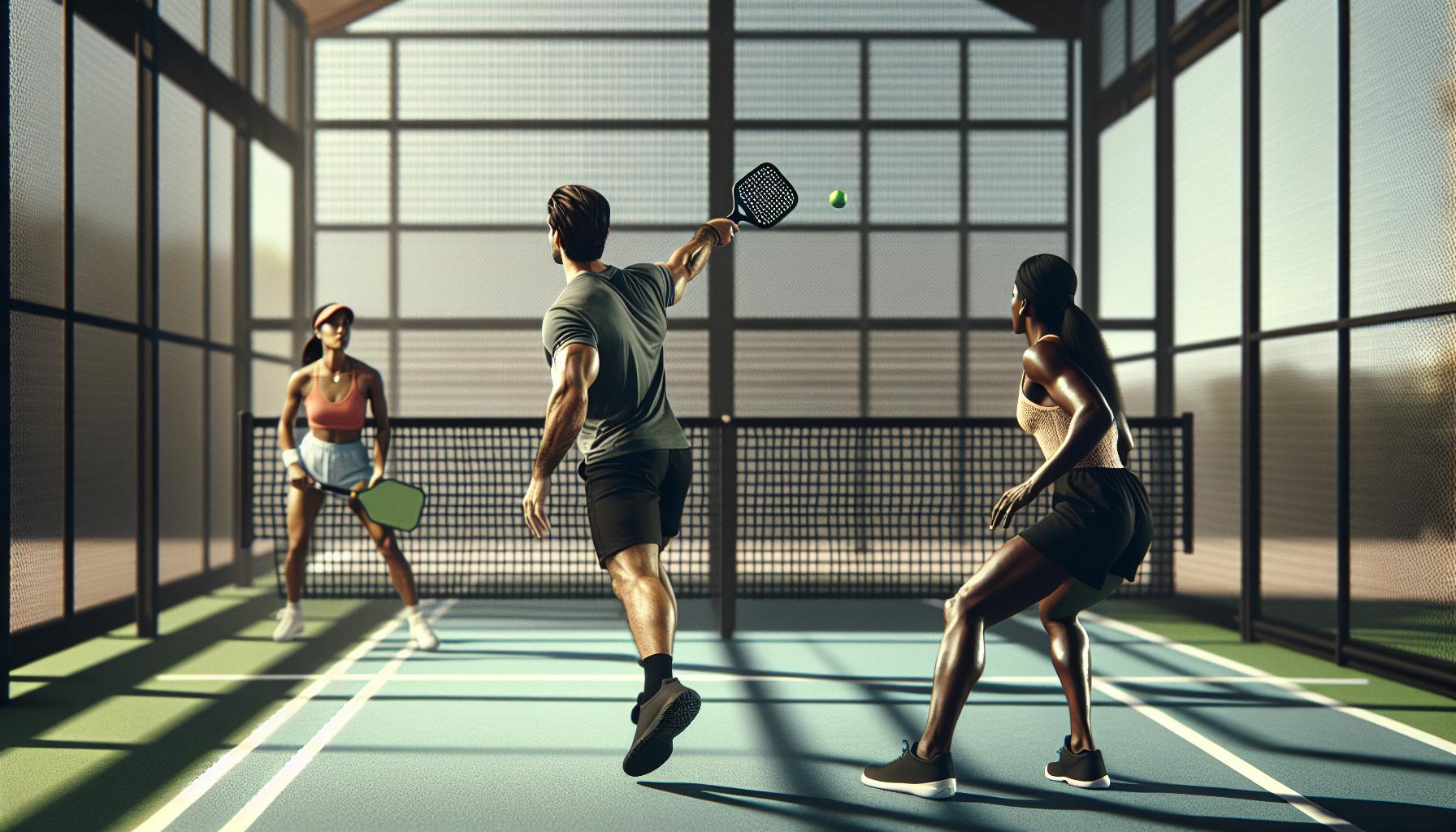
Controlling the pace of the game is crucial when facing off against faster opponents in pickleball. The ability to do so can disrupt the rhythm of quick adversaries, forcing them to play at a tempo that’s outside their comfort zone. Players who excel in pace control are often able to dictate the flow of the game, making it an essential skill in a player’s arsenal.
One effective method to control the pace is through the use of deep serves and deep returns. By keeping the ball deep in the opponent’s court, players can limit the opponent’s ability to attack quickly and aggressively. This strategy requires precision and consistency in shot execution to be effective. Additionally, varying serves between deep and short can keep opponents guessing, further disrupting their rhythm.
Another aspect of pace control involves slowing down the game through soft, skillful shots like dinks. Dinks are gentle, arcing shots aimed just over the net into the non-volley zone, or kitchen. By mastering the dink, players can force faster opponents to approach the net on their terms, setting the stage for potential mistakes or less optimized returns. Engaging in a dink rally can significantly slow down the pace, making it a powerful strategy against speed.
Conversely, knowing when to inject speed and power into shots is equally important. Sudden drives or smashes can catch fast opponents off guard, especially if they’ve been lulled into a slower-paced game. The key is unpredictability; varying the pace from slow dinks to fast drives keeps opponents on their toes, preventing them from settling into a comfortable rhythm.
Effective pace control isn’t just about shot selection; it’s also about positional play. Players should strive to maintain optimal positioning on the court, ideally staying at the baseline for deep shots and moving up to the non-volley zone for dinks and volleys. This allows players to cover the court more effectively and respond to fast opponents’ shots with appropriate pace.
Incorporating drills that focus on changing the pace of the game can significantly enhance a player’s ability to control the tempo. These drills might include practicing a series of deep serves followed by soft dinks or alternating between fast drives and gentle volleys. Consistent practice will help players develop the intuition needed to adjust the game’s pace on the fly, tailoring their strategy to counter fast opponents effectively.
Utilizing Soft Shots and Drops
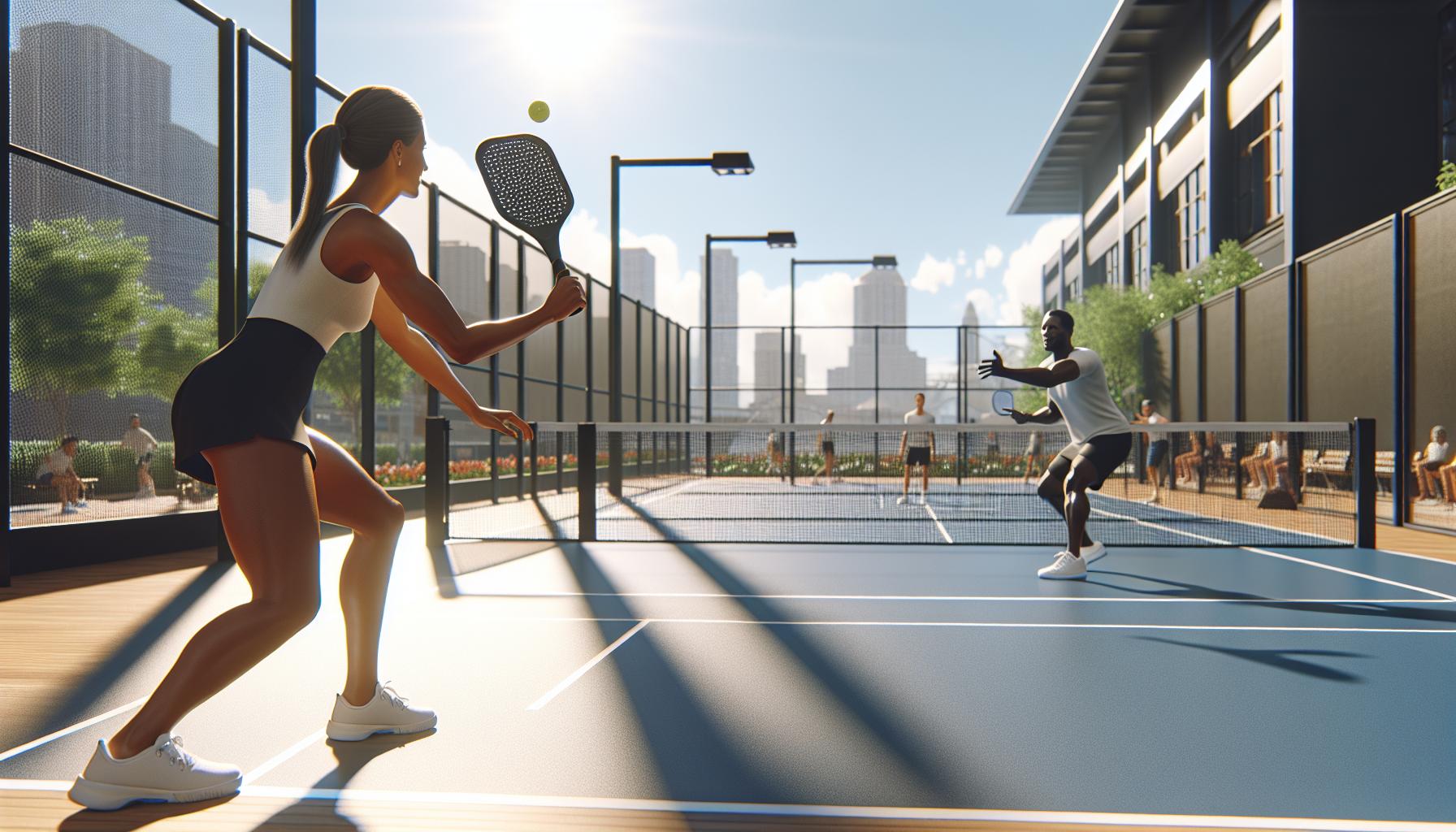
When facing off against faster opponents in pickleball, utilizing soft shots and drops becomes a game-changer. These techniques are not just about slowing the game down but also about precision and the element of surprise. Soft shots, often executed close to the net, can drastically reduce the opponent’s reaction time, making it hard for them to sprint forward and return the shot effectively. Drops, on the other hand, are all about finesse and placing the ball just over the net in the opponent’s kitchen, forcing them to leave their comfortable baseline position.
Players should focus on mastering the art of the soft serve and the drop volley. The soft serve can catch an opponent off guard, especially those who are accustomed to returning powerful shots. By varying the serve between soft and hard, players can keep their opponents guessing and off balance. The drop volley requires precision and timing, with the goal of landing the ball close to the net in a way that makes it difficult for the opponent to reach and return with power.
To enhance these skills, players can engage in drills that emphasize light touch and accuracy rather than speed. One effective drill involves practicing drop shots from the baseline, aiming to land the ball in the opponent’s kitchen consistently. Another useful exercise is playing out points where the only allowable shots are soft shots or drops, which encourages players to think creatively about positioning and shot selection.
Incorporating soft shots and drops into gameplay requires not just skill but also strategic thinking. Players need to be keen observers, ready to exploit any sign of frustration or impatience in their opponents. By meticulously placing the ball where it’s most challenging for the opponent to generate power, players can turn the tables on faster rivals. This strategic use of soft shots and drops forces opponents to move cautiously and think twice before charging the net or retreating too far back.
Moreover, mastering these shots adds a layer of unpredictability to a player’s game. Opponents who are wary of the soft shot or drop must adapt their positioning, often moving closer to the net than they might prefer. This adjustment opens up opportunities for players to then execute a powerful drive or a well-placed lob, further complicating the game for the opponent. The psychological advantage gained by keeping an opponent uncertain and reactive cannot be overstated.
Mixing Up Your Shots to Keep the Opponent Guessing
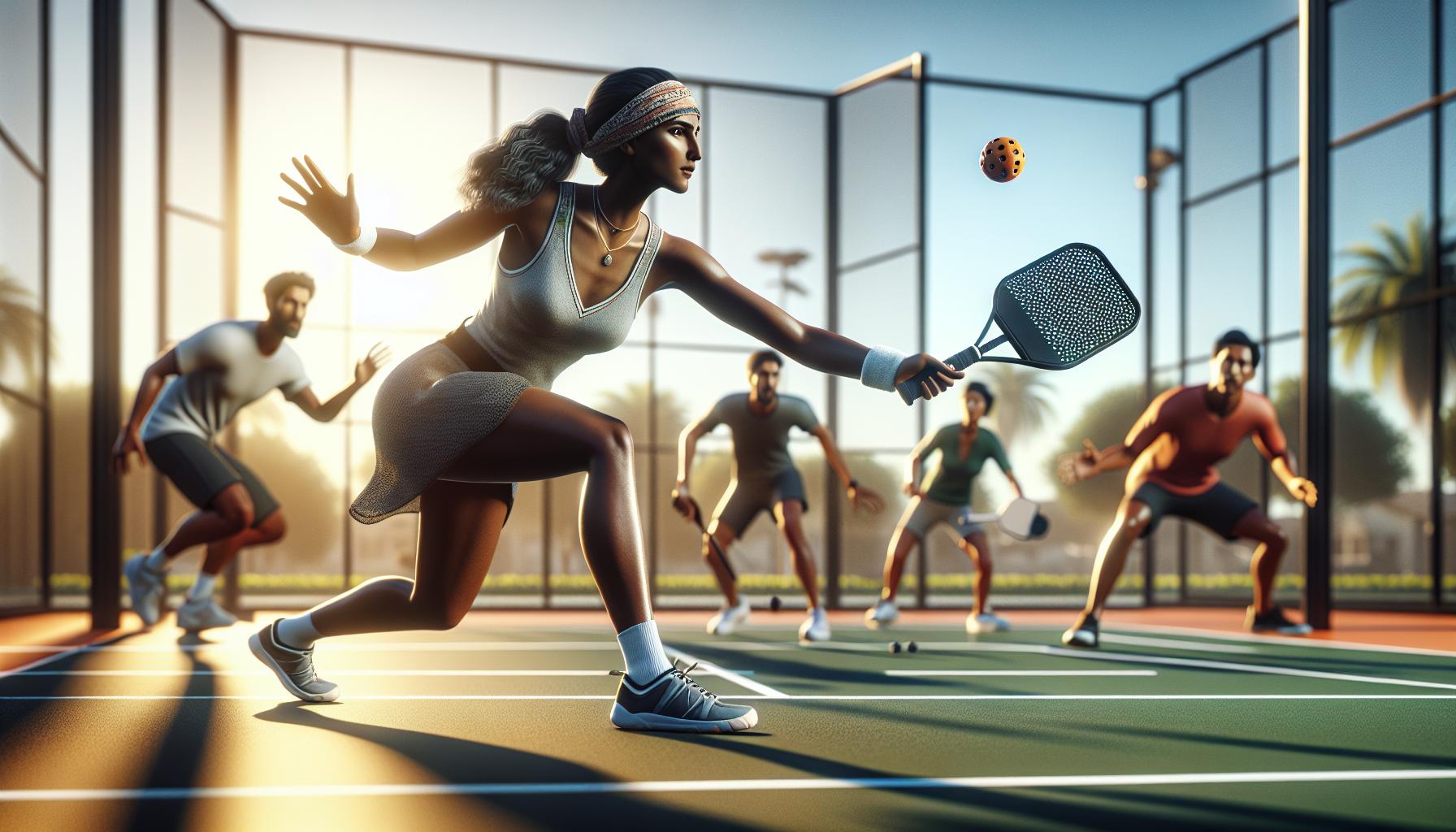
When playing against faster opponents in pickleball, unpredictability is key. Mixing up shots keeps opponents on their toes, preventing them from anticipating your next move. This strategy requires a blend of quick decision-making and skillful execution to be effective.
Players should strive to perfect a wide range of shots, each with its distinct advantages. Drive shots force the opponent to the back of the court, while drops bring them forward, creating a physical and mental challenge as they constantly adjust their positioning. Implementing a mix of lobs, deep and soft serves, along with precise dinks, further complicates the opponent’s strategy, making it harder for them to maintain a fast pace and stay in control.
The element of surprise can greatly enhance a player’s game. Executing an unexpected soft shot after a series of powerful drives can catch a speedy opponent off guard, potentially leading to a point won. Similarly, disguising a lob as a drive compels opponents to make split-second decisions, often resulting in errors or poorly positioned returns.
To effectively mix up shots, players must be adept at reading the game. Recognizing patterns in the opponent’s play and adjusting shot selection accordingly is crucial. If an opponent consistently returns deep shots effectively, introducing more dinks and drops to bring them forward may disrupt their rhythm. Conversely, when an opponent starts creeping closer to the net in anticipation, driving the ball deep can push them back, reclaiming control of the court.
Practice is essential for mastering the art of shot variation. Drills should focus on:
- Quickly transitioning between different shot types
- Executing shots with precision under pressure
- Developing a keen eye for reading the opponent’s positioning and movements
By dedicating time to practice, players will develop a natural instinct for when to switch up their shots, making it increasingly difficult for opponents to anticipate and prepare.
Incorporating different spins into shots adds another layer of complexity. Topspin makes the ball dip faster, potentially catching opponents off balance, while backspin (or slice) causes the ball to skid and stay low, complicating the return. Mastery of spin not only enhances the unpredictability of shots but also allows for more nuanced control over where the ball lands, making it a potent tool in the strategic arsenal against fast opponents.
Conclusion
Mastering the art of playing against faster opponents in pickleball boils down to strategic shot placement, pace control, and the element of surprise. By focusing on precision and a variety of shots, players can disrupt their opponent’s rhythm and keep them guessing. Practice makes perfect, and consistently working on drills that enhance control, finesse, and the ability to read the game will pay off. Remember, it’s not just about playing harder but playing smarter. With the right strategy and a bit of unpredictability, even the quickest opponents can be outplayed. Keep adapting, keep practicing, and most importantly, keep enjoying the game.











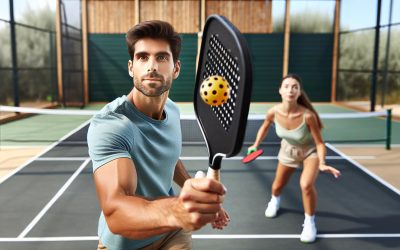
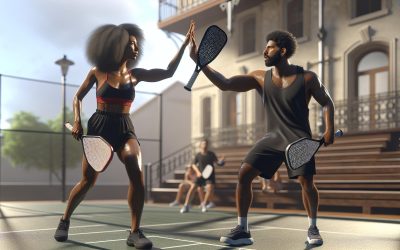

0 Comments